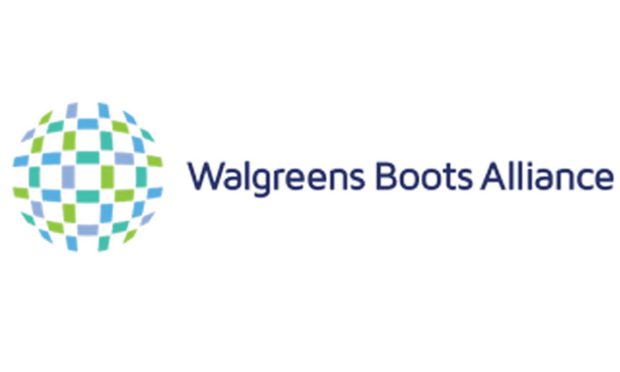Walgreens Touts Healthcare Transformation As Clinic Acquisitions Quicken

Continuing its transformation from a pharmacy chain to an integrated healthcare platform with a large retail footprint, Walgreens Boots Alliance (WBA) reported progress on its retail clinic initiatives as it saw the effects of COVID fade substantially.
During its fiscal 2023 second-quarter earnings call on Tuesday (March 28) WBA CEO Rosalind Brewer called the second quarter of fiscal 2023 “a landmark quarter for our transformation to healthcare,” pointing to its $3.5 billion investment to support Village MD’s acquisition of Summit Health.
Saying the company is focusing more on “accelerating the build-out of our healthcare growth engine,” Brewer said “the addition of Summit Health is transformational. It creates one of the largest integrated provider platforms in the U.S., delivering quality affordable care for all patient populations, regardless of insurance or payer type.”
Brewer called the acquisition a “highly strategic transaction that expands Village MD’s addressable market with primary care, multi-specialty and urgent care, and reinforces our approach across the entire care continuum.”
WBA has added its fourth payer partner for its organic business, Horizon Blue Cross Blue Shield of New Jersey, and has signed five clinical trial contracts. She added that specialty pharmacy operator Shields Health Solutions and home health provider CareCentrix “both continue to perform well, which led to the accelerated acquisition of both entities. Shields closed on Dec. 28 and CareCentrix is scheduled to close this quarter.”
Chief Financial Officer James Kehoe said Walgreens Health’s organic business had 2.9 million contracted lives up over 50% year on year, with Village MD managing 806,000 value-based lives as the quarter ended, “reflecting year-over-year growth of 38% in the legacy Village MD business and the addition of 309,000 value based lives from Summit Health.”
He noted that Village MD ended the quarter with 729 locations, including Summit Health and City MD. There were 403 clinics for the legacy Village MD business at the end of the quarter compared to 270 at the end of the prior year period, including 210 clinics collocated with Walgreens, compared to 94 collocated clinics a year ago, he said.
See also: Walgreens Says It Is ‘Reinventing’ the Pharmacy With Micro-Fulfillment Centers
The Post-COVID Comeback And Boots.com Strength
After dealing with labor shortages that caused the chain to tighten store hours at hundreds of locations through the pandemic and into calendar 2022, Brewer said “we have returned an incremental 500 stores to normal pharmacy operating hours.”
“Our market share trends are improving, and we saw 6% growth in stores with normal hours. While we have more work ahead of us to achieve our four-year script recapture goal, I’m very encouraged by our momentum, with strong acceleration into January and February.”
WBA now operates nine micro-fulfillment centers which Brewer said allows pharmacists to direct more focus on patient care and clinical services. “Our retail pharmacy business provides a solid foundation for our leading healthcare assets to deliver value across the full care continuum, driving our long-term growth strategy,” Brewer told investors and analysts.
See also: Walgreens Rolls Out 30-Min Pickup Option
“We are able to reach across both digital and physical channels to guide consumers through the complexities in healthcare. We are building the scale and resources to help health plans and patients improve outcomes and lower costs.”
As for the Boots UK segment, Brewer said, “Boots had a stellar quarter with retail comp growth of 16% on top of 22% last year,” delivering its eighth consecutive quarter of retail market share gains.
Kehoe said that Boots.com sales “were up nearly 80% versus the equivalent pre-COVID period. Over 15% of our U.K. retail sales now come from Boots.com, up from approximately 9% in the pre-COVID quarter. Over 15% of our U.K. retail sales now come from Boots.com, up from approximately 9% in the pre-COVID quarter.”
